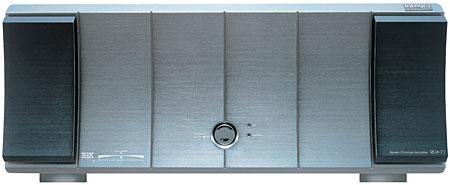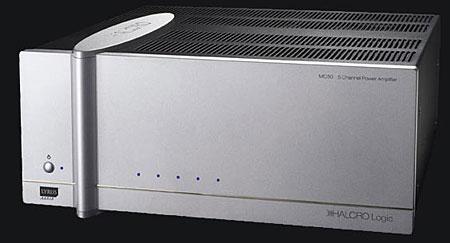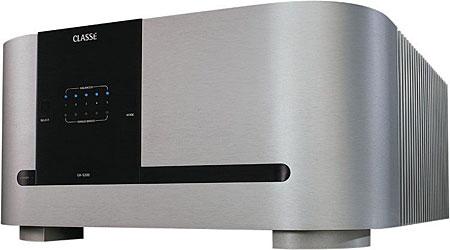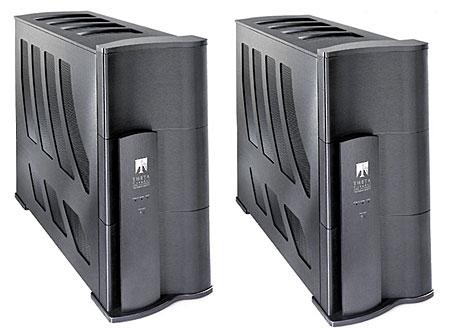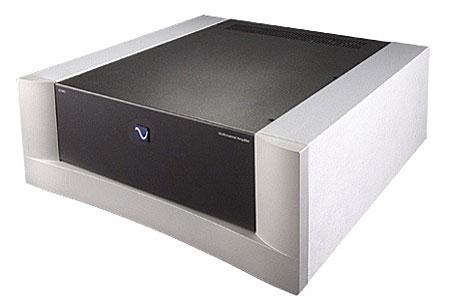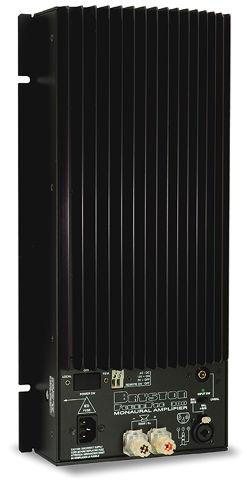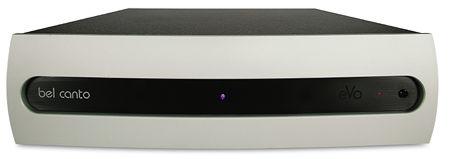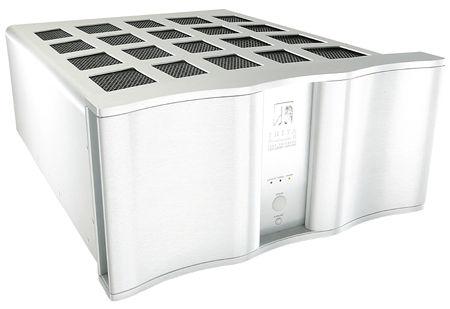Power Amplifier Reviews
Sort By: Post Date TitlePublish Date
|
Jul 10, 2006
|
Jul 10, 2006
|
Jul 10, 2006
|
Jul 07, 2006
|
Jul 07, 2006
|
Apr 02, 2006
|
Sep 30, 2005
|
Oct 15, 2004
